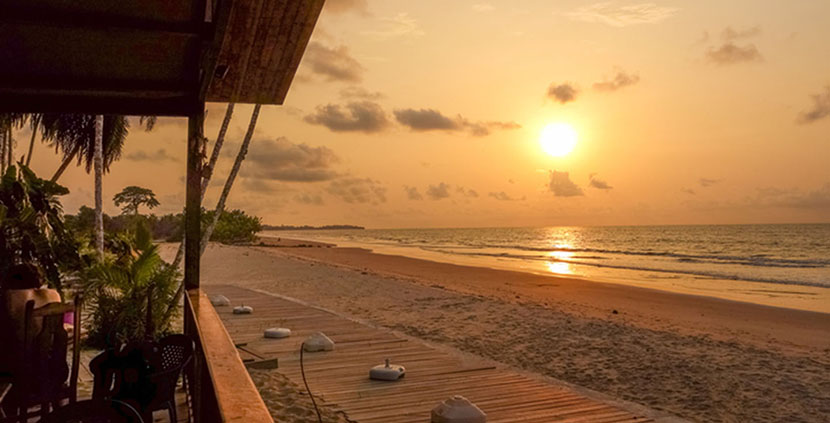
There are only two countries in Africa that have Spanish as their official language and one of them is Equatorial Guinea. Obviously, it was a Spanish colony, and hence almost 90% of its population dominate it. Do you like the idea of traveling to Africa and discovering the attractions of this little country?
Equatorial Guinea offers us a vibrant nature, great beaches to Indiana Jones, jungle and colonial ruins everywhere. It is still a mystery, being a little known and little visited country, but if you like adventures of discovery ...
Equatorial Guinea
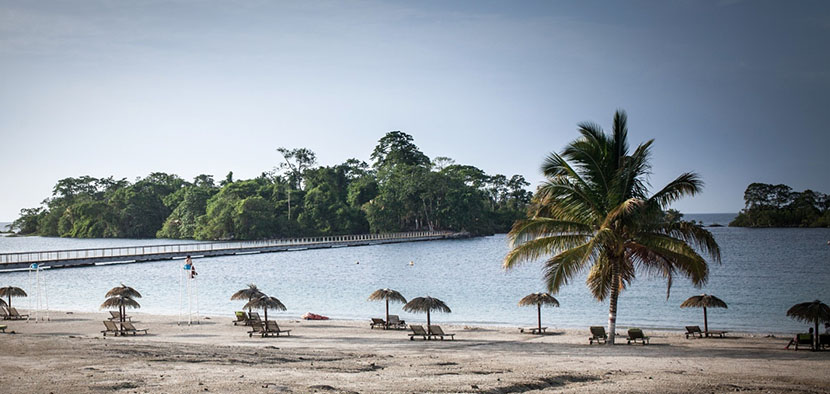
It is in the Gulf of Guinea, near the equator, and hence its name. Like Africa in general, the lands were occupied by different tribes that made up kingdoms. One day the Portuguese arrived and began to trade slaves, but shortly after the lands became part of the Spanish territory of the Viceroyalty of the Río de la Plata, in South America. In fact, the expedition that took official possession left Montevideo.
To reaffirm the Spanish presence, later, a royal order invited free blacks and mulattoes who lived in Cuba to travel here (and if there were no volunteers, then by force), an area that, in addition to the disputes between powers, had its own internal conflicts. But the truth is that there was no type of integration, and that as in many other parts of the continent, the colony lived under an apartheid system.
Already in the twentieth century, conflicts began again, in the '50s,' 60s they became overseas territories, then autonomous territories and finally in 1968 Spain, under great pressure, granted the independence. Then came dictatorships, oil exploitation (is the third largest producer of crude oil in sub-Saharan Africa) and complaints from human rights organizations.

So far, briefly, the history of the country. Now, What is the geography of Equatorial Guinea? Well, it is small, just 26 thousand square kilometers. It borders Gabon, Cameroon and the Atlantic. It has some islands, of which the most important is Bioko Island, 40 kilometers from the coast and in the gulf. It is a volcanic island, wooded, rocky and very fertile for growing cocoa. Other islands are uninhabited.
Naturally, in Equatorial Guinea it is very hot. The average temperature is 25 ºC and there is a rainy season. This climate has allowed the development of a generous nature that is the main attraction around here. Between June and August is the dry season on the mainland, from December to February Bioko Island is also dry but it can always rain, and from November to February it is a good time to see turtles.
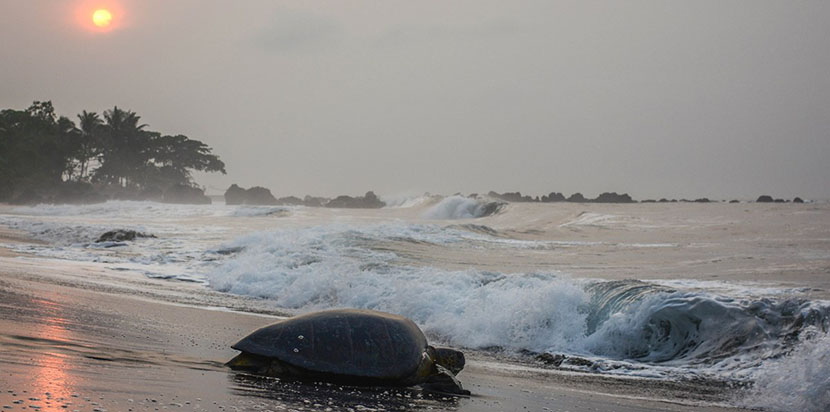
Know that it is a country with many limitations to move around: there are no trainsOnly roads and highways, there are ports, airports and direct flights between Madrid and the capital, Malabo. The road condition is good and there are some toll roads. Renting a car is expensive but still, if you want, Avis or Europcar have offices at the capital's airport. Now, in terms of transport in towns and cities, it is not very good.
Many taxis are sharedFor short trips it is usual to take these white cars with colored stripes. If they are free they can stop in the street and if they do not go where you are going, there is no problem and they continue on their way. For long trips you have to negotiate rates. Are there buses? Yes, but they are not common like shared taxis.
Travel to Equatorial Guinea
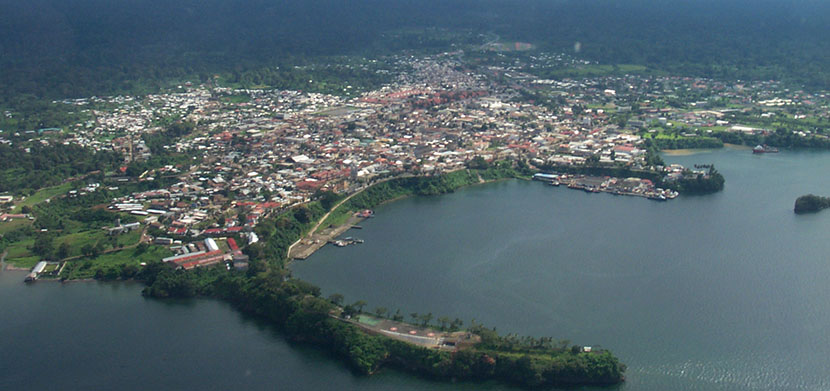
Before Travelling it is convenient to be up to date with the vaccines, especially the Yellow Fever. You should also be aware of diphtheria, tetanus, rubella, polio, Hepatitis A and B, rabies, and typhoid fever. And naturally, hire a good health insurance and follow a prophylaxis against malaria that must have a mosquito repellent. Water? Tap water is not drinkable.
Knowing all this, a little history, a little geography, a little practical questions, we now have to talk about what to visit in Equatorial Guinea. Well it all starts in Malabo, the capital. To the east is the port and the old town with its colonial architecture where the cathedral stands out. To the west are the best suburbs, embassies, ministries and hotels. In the center there are shopping centers, more modern buildings, restaurants and more hotels.
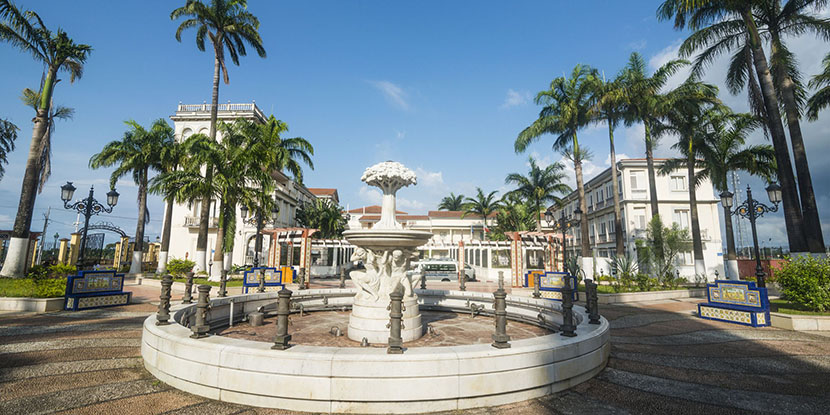
Malabo is to the north, on the coast of the island of Bioko, and is the oldest city in the country. Tourism has been growing over time and the wealth brought by oil allowed the construction of new structures. For example, the city of Sipopo that targets business tourism.
In Malabo is the Palace of Justice, Palace of the Presidency, the beautiful Cathedral of Santa Isabel, Neo-Gothic style, with two 40-meter high towers, the house The Cadiz, Theodolite House, both former residences from the early twentieth century, the Plaza of Independence or Cultural Center of Spain. You can add the Museum of Modern Art that brings together art from all over Africa.
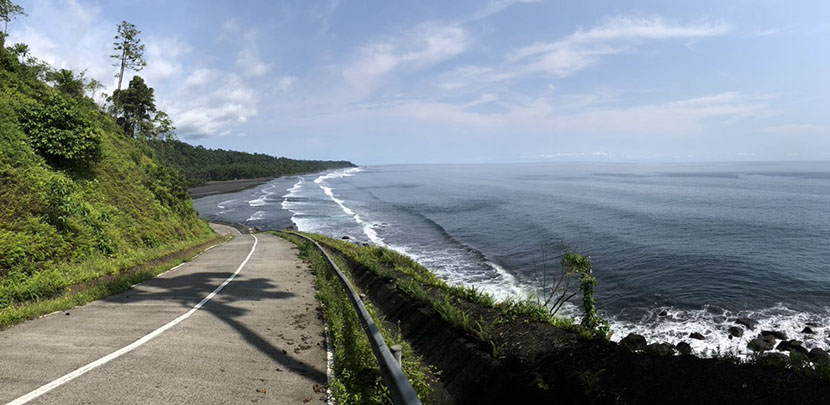
La Bioko Island, closer to Cameroon than Equatorial Guinea, it has great beaches, both black and white sand. It also has rainforests, savannas and volcanic peaks, for example the Pico Basile of just over 3000 meters high, all covered by clouds. Here is the Pico Basile National Park, a typical rain forest that you can wander up the hill to enjoy the views. There are tours, although the top cannot be reached because it is a military zone.
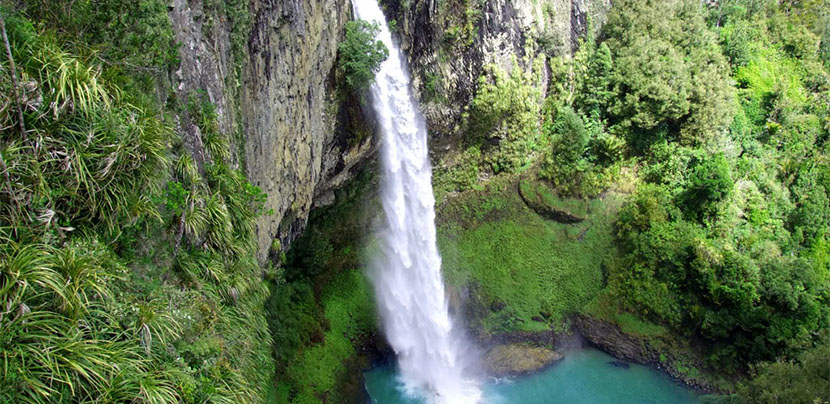
The capital, Malabo, can keep you busy for a couple of days but not much longer, so then it's time to go exploring. For example, ureca It is well south of the island and it is beautiful. Here you can see four types of turtles that arrive between November and February to lay their eggs in the sand. There is also a dense forest around the Luba crater where primates live.
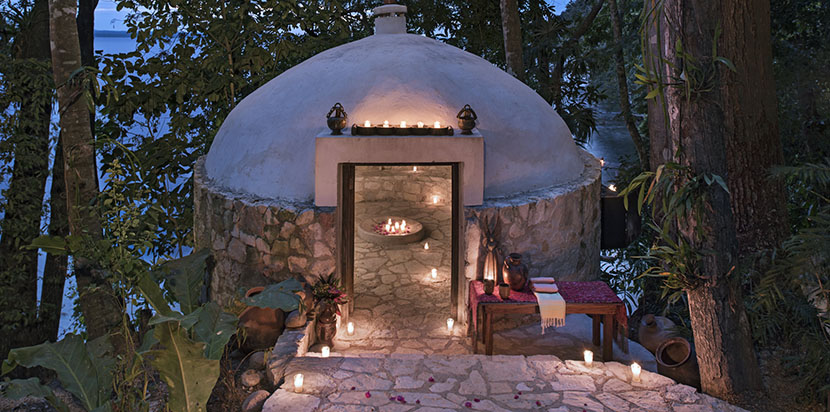
There is also a small town of the same name, Permission, with a very active port located on the southern edge of the San Carlos Bay. You can have lunch here while you do the day trip around the island and its beach, Arena Blanca, is very popular, with its butterflies.
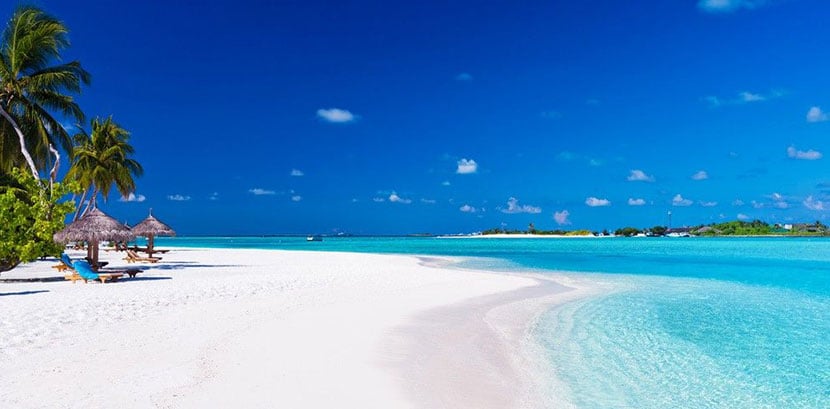
Arena Blanca beach is a beauty and you can leave your car and walk to it. There are bars around the parking lot and they can be crowded on Sundays. In the area you can also visit the Luba viewpoint, one of the two viewpoints on the route that crosses Bioko Island and the highest of the two. What views! The other is the Moka viewpoint, with spectacular views of the island and the sea.
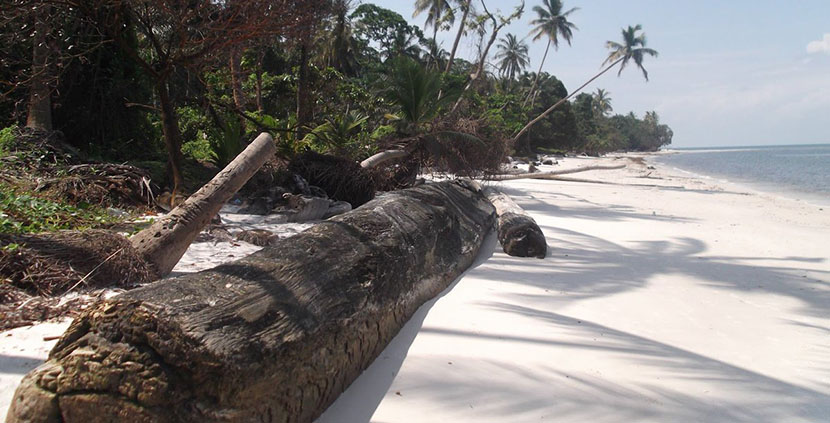
Another of the inhabited islands in Equatorial Guinea is the Corisco Island that owns spectacular beaches. The town is small, although there is a lot of construction going on, there is a hotel with a marina and yacht club and a nice market on the boardwalk. On the island is the Fang village, a tiny little one that is very popular for its beach, from which you can see Gabon and the Elobey Islands. You find it near Akoga, which in turn is only 13 kilometers from Cogo.
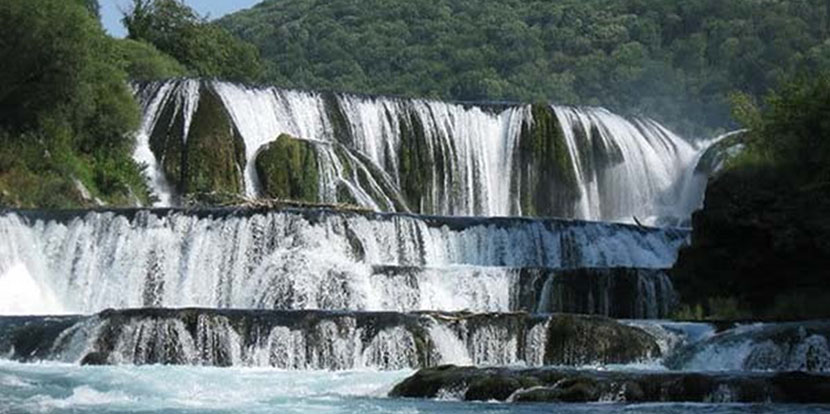
If you are in Guinea, you like nature, so another good visit is Mount Alen, a treasure in this part of Africa. The Monte Alen National Park It is an area of 2 square kilometers of rainforest and wildlife along the Muni River, with waterfalls and lakes, gorillas, chimpanzees, elephants, crocodiles and many typical African animals. It is a hot place and having a guide is essential so do not go alone. The hotel that used to work here is no more.
Equatorial Guinea It offers us, as you can see, a lot of nature and history. It is not a very organized country for tourism and it certainly does not make things much easier to move alone, even worse, if you are not afraid, if you like adventure, if you travel in a group and want to open your mind, it is a destination that you will surely never forget.
